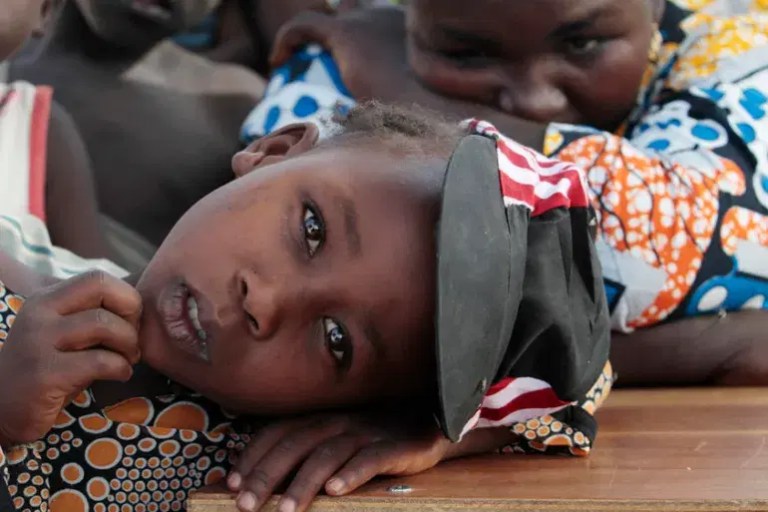The Situation Analysis (SitAn) of Children in Nigeria Report has revealed the factors contributing to the staggering 53.9% of children in the country living in multi-dimensional poverty.
Released during the 2024 World Children’s Day celebrations on November 20, this report is a policy document developed by the Federal Government with assistance from the United Nations Children’s Fund (UNICEF) to identify and analyze child-related issues.
According to the report, several key factors such as corruption, unemployment, lack of political will, violence, insurgency, and insufficient investment in social sectors significantly contribute to child poverty in Nigeria. Furthermore, issues like displacement and resettlement add to the strain on limited resources, worsening child poverty across the nation.
The report characterizes child poverty as “a condition where children are deprived of the material, emotional, and spiritual resources necessary to survive, develop, and thrive, thereby hindering their ability to enjoy their rights, reach their full potential, and participate as equal members of society.”
Advertisement
It identifies seven indicators of child poverty: health, water, sanitation, nutrition, shelter, education, and information.
In detailing the Multidimensional Poverty Index (MPI) analysis, the report notes that disparities in child poverty rates exist across Nigeria’s 36 states and the Federal Capital Territory (FCT). For instance, Osun State reports the lowest poverty incidence at 17.5%, with a deprivation rate of 35.5% and an HDI ranking of 14th. In contrast, Sokoto State experiences a high poverty incidence of 89.9% and a deprivation rate of 50.4%, ranking 37th in HDI.
The report indicates a stark difference between urban and rural areas, with 29.7% of urban children classified as multi-dimensionally poor compared to 65.7% of rural children. Notably, children in Sokoto (80.4%), Kebbi (74.9%), and Zamfara (74%) face the most severe deprivation.
Conversely, fewer than 20% of children in Edo (19%) and Lagos (17.3%) live in multi-dimensional poverty. Children in Sokoto experience deprivation in 74.1% of the total indicators, whereas the figure is only 57.7% for those in Lagos.
Advertisement
The report also observes that larger households, especially those with uneducated heads, exhibit higher rates of multi-dimensional deprivation. It highlights that children with illiterate mothers are more likely to suffer from poverty than those with educated mothers.
A particularly alarming situation is presented regarding Almajiri children, who are often homeless and lack basic necessities such as proper housing, nutrition, clean water, sanitation, healthcare, education, and parental care. They frequently face violence and abuse and are vulnerable to exploitation during conflicts.
To address these issues, the report calls for action from various stakeholders. Families and caregivers are deemed essential in alleviating child poverty and ensuring children’s protection. Public healthcare, education, and social services are critical for helping children escape poverty, and these services must be inclusive, affordable, and accessible.
Effective governance at all levels is necessary to implement sound policies, ensure equitable resource distribution, and invest in household livelihoods—ultimately reducing poverty and promoting children’s rights. The government is urged to provide sustainable minimum income support to families, mitigating financial barriers that hinder children’s development.
The SitAn report was first published in 2022, relying on data from the Multiple Indicator Cluster Survey (MICS 2016-2017) and the Demographic and Health Survey (DHS 2018). An updated version was launched in 2024 to further bolster governmental efforts in shaping policies and directing investments to benefit Nigerian children.

